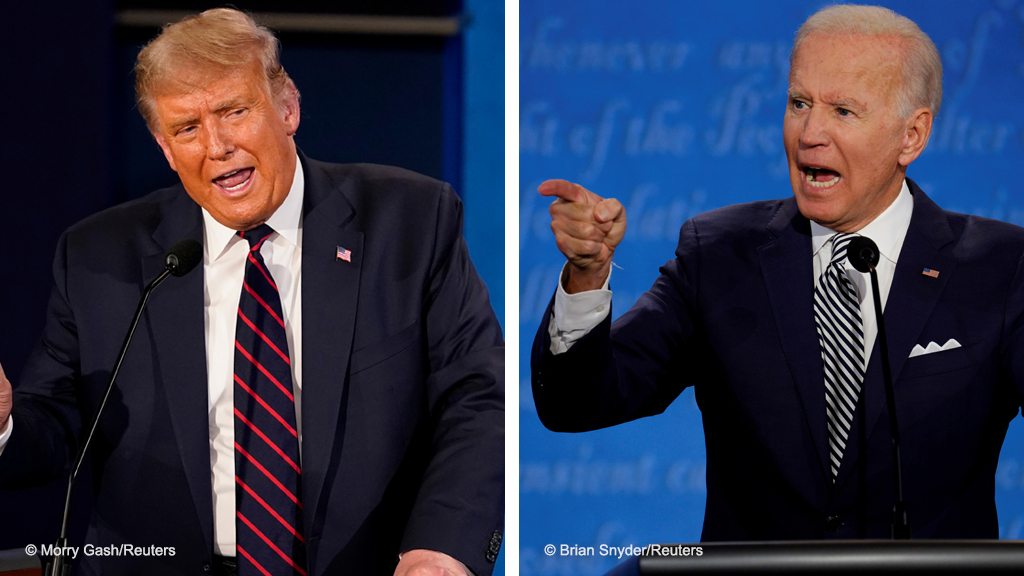FBI Crime Data Sparks Debate Over Safety Under Biden Versus Trump Era

(Getty Images)
The release of the FBI’s latest quarterly crime data has sparked renewed discussions over the state of national security, with President Joe Biden touting a “record decrease in crime” under his administration. This assertion comes amidst ongoing comparisons between the safety of Americans under Biden’s leadership versus that during Donald Trump’s presidency.
According to a Newsweek report from Thursday, March 21, 2024, the FBI’s data from the fourth quarter of 2022 to 2023 shows a reduction in almost all categories of crime, a development the White House attributes to Biden’s legislative actions, including the American Rescue Plan.
Contrarily, Trump’s campaign has launched a critique against Biden, suggesting that his administration’s policies have contributed to the release of violent offenders and an increase in illegal immigration, purportedly leading to higher crime rates in American cities. Karoline Leavitt, the national press secretary for Trump’s campaign, accused Biden and Democrats who support defunding the police of turning cities into “cesspools of bloodshed and crime.”
Despite these polarized views, the FBI’s statistics reveal a more complex scenario. While there has been an overall decline in crime from the last quarter of 2022 to the same period in 2023, motor vehicle thefts have spiked by 10.7 percent, continuing an upward trend from previous years. The pandemic’s onset saw a rise in violent crimes, including murders, towards the end of Trump’s term, although these have generally decreased since then.
The homicide rate, for example, escalated to 6.5 per 100,000 people in 2020 from 5.1 in 2019 but saw a slight decrease to 6.3 by 2022. Aggravated assaults followed a similar pattern, rising in 2020 but declining thereafter, while robberies have been on a downward trend since 2017.
The increase in violent crimes has been attributed by some conservatives to progressive criminal justice reforms post-2020 Black Lives Matter protests. However, experts suggest that factors like a surge in gun purchases and pandemic-exacerbated socioeconomic disparities play a more significant role in crime dynamics. The Brennan Center for Justice points to the pandemic’s impact on mental health, economic inequality, and unemployment, especially in marginalized communities, as critical factors influencing crime rates.
While certain property crimes like burglaries have diminished during Biden’s term, motor vehicle theft remains a significant issue, with theft rates continuing to rise since 2019. On the other hand, larceny thefts, which experienced fluctuations over recent years, have shown a 6.2 percent decrease from the fourth quarter of 2022 to 2023, indicating some progress in combating crime.
As the debate over crime rates unfolds, contrasting narratives from Biden’s administration and Trump’s campaign underscore the complexities of addressing public safety. With the November presidential election on the horizon, the discourse on crime and its impact on American communities is poised to be a central issue, influencing voter preferences and the political landscape.


